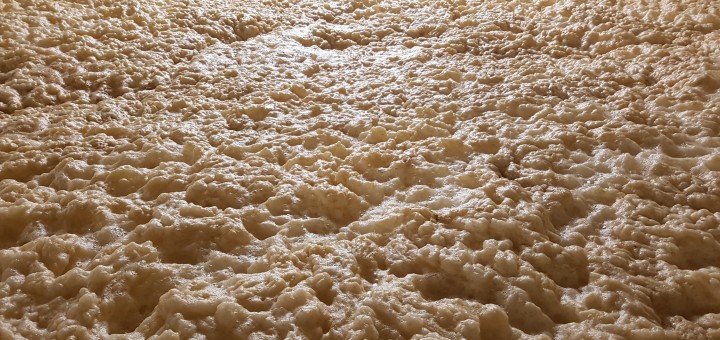Brewing Beer like Barack Obama

A new trend is emerging in basements, laundry rooms and garages across Germany. Increasing numbers of amateur brewers are producing their own beers at home – just like US President Barack Obama. While doing so, they quickly learn how to handle hops and malt but, when it comes to yeast, most still lack the necessary expertise.
This recent trend for homebrewing originated in the USA, where enthusiasts are mixing up their own concoctions true to the motto: “Everything tastes better at home.” Now the movement has spread to Germany, too, with online forum “hobbybrauer.de” alone boasting more than 4,000 members. The age-old German brewer’s saying “Hopfen und Malz, Gott erhalt‘s” (God preserve hops and malt) only contains half of the key ingredients on the wish list. Along with good water quality, yeast also has a particularly decisive role to play in the brewing process.
Yeasts are microorganisms whose spores can be found flying all around in the air. When they come across a suitable surface, they settle and begin to multiply. This is how the very first beer-like drinks originated around 6,000 years ago. It was a long time before it was discovered that it is yeast that actually makes brewing possible in the first place. Without fermentation there is no alcohol and no fresh, fizzing sensation in the beer. This is not an overnight process, however; on the contrary it takes several days. Brewers also need to choose between top- and bottom-fermenting or spontaneous-fermenting yeasts as these determine which type of beer is produced.
Bottom-fermenting
Bottom-fermenting yeasts prefer cool conditions; they flourish at temperatures between five and ten degrees Centigrade (41–50 degrees Fahrenheit). During the fermentation process, these yeast cells sink to the bottom of the brewing kettle. This process lasts longer than it does for top-fermenting strains; however, bottom-fermented beers do usually remain drinkable for longer. They also have a fresh taste and are well suited to storage. All-year-round production of bottom-fermented beers has only been possible since the end of the 19th Century when Carl Linde invented the first refrigeration system.
Bottom-fermented beers include:
Märzen, Helles, Pils and Bock beers.
Top-fermenting
Top-fermenting yeast prefers warm conditions, requiring temperatures between 15 and 20 degrees Centigrade (59–68 degrees Fahrenheit) to become active. This form of fermentation is significantly faster and requires no refrigeration; this does, however, make it more susceptible to foreign bacteria or other impurities. During fermentation, these yeasts rise to the surface, forming a kind of foam on the top. After around five days the yeast is carefully skimmed off.
Top-fermented beers include:
India pale ales, wheat beers, Gose and Altbier.
Spontaneous-fermenting
Beer, in its original form, evolved from spontaneous-fermenting or “wild” yeasts. The process by which yeast spores develop in their original environment is very difficult to control. The walls of old monastery breweries or ancient brewing cellars, with windows and doors opened, are the perfect breeding ground for very particular kinds of yeast. The best spontaneous-fermented beers supposedly come from the Senne valley in Belgium, where old abbey walls yield beers with dry, wine-like flavors. The finished beer wort is stored in open cooling vats, allowing yeast spores in the air to find their way into the brew and start the fermentation process.
It is primarily Belgian beers that are brewed according to this method,
such as; Lambic, Jopenbier and Geuze
